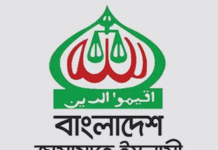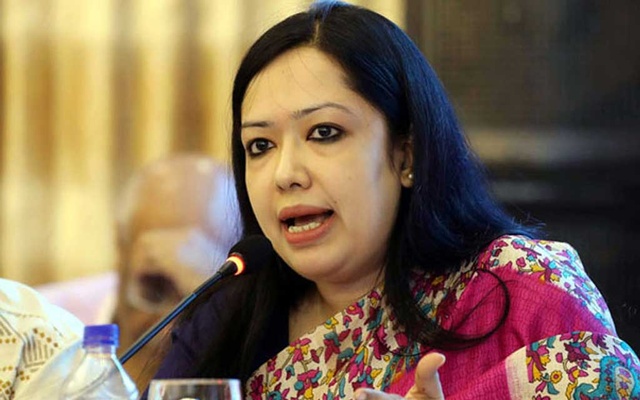
Highlights:
- Private sector credit growth target cut to 7.2%
- Policy rate remains unchanged at 10% to curb inflation
- Inflation dropped to 8.48% but exceeds 7% threshold
- Central bank urges rice imports to control food inflation
- Repo, SLF rates unchanged; SDF rate reduced to 8%
- Experts divided on achievability of new credit growth target
In a major policy shift to boost local jobs and skills, the World Bank has introduced a new rule requiring at least 30% of labour costs in projects it funds to be spent on hiring local workers.
Effective from 1 September this year, the rule will apply to internationally procured works contracts under the bank’s Investment Project Financing (IPF) operations, according to an official letter from the World Bank’s country director to the Economic Relations Division (ERD).
Contractors bidding for World Bank-funded works contracts under international competitive tenders must comply with this rule. They must explain how they will meet this target, and borrowers such as Bangladesh will have to monitor compliance and can withhold payments if rules aren’t followed.
ERD officials welcomed the move, calling it a positive step for Bangladesh.
An official, speaking on condition of anonymity, said, “Until now, World Bank-funded projects had no binding requirement to hire local workers or allocate a defined share of labour costs for them. Although contractors often recruited local labour on their own, the absence of a formal provision meant inconsistent local engagement.”
The new policy is expected to expand job opportunities for both skilled and unskilled workers and enhance workforce skills at the grassroots level, the official added.
The 30% local labour rule will apply to all works contracts advertised on or after 1 September 2025, subject to international competitive procurement and using the Bank’s Standard Procurement Documents.
In addition to the labour cost requirement, borrowers may require bidders to submit proposals for developing the skills of low- and semi-skilled local workers.
As part of the implementation process, borrowers must update their Project Procurement Strategy for Development to reflect this provision. This update must also include a detailed assessment of the local labour market.
A ‘charity begins at home’ approach
Zahid Hussain, former lead economist at the World Bank’s Dhaka office, said the new rule is part of the Bank’s broader global corporate policy, aimed at promoting employment.
“Jobless growth has become one of the world’s most pressing challenges. This move reflects a ‘charity begins at home’ approach,” he said, adding that this is a way for the World Bank to align its employment agenda with its project portfolio.
Zahid also pointed out a longstanding criticism that a large share of World Bank project funds often flows back to donor countries – particularly through consultancy fees. “This initiative could help address that perception,” he said.
He added that it is likely local labour cost allocation in such projects has historically been below 30% in Bangladesh, prompting the World Bank to introduce the rule here. “The key question now is how effectively this quota will be enforced in practice,” he added.
Requirements for borrowers, project bidders
According to World Bank documents, each bidder is required to include a Local Labour Method Statement in their proposal. This statement must outline how the bidder plans to meet the 30% local labour allocation and describe efforts to enhance the skills of local workers.
To ensure adherence, borrowers are empowered to withhold payments from contractors who fail to fulfil their commitments under the Local Labour Method Statement. The withheld amount will be determined by the project engineer’s assessment and released only after compliance is verified.
Borrowers are also obligated to submit regular compliance reports, usually quarterly, to the World Bank. A standardised reporting template will be made available on the Bank’s official website.
To facilitate smooth implementation, the World Bank is developing detailed guidance materials and e-learning resources for borrowers, implementing agencies, and contractors.
This requirement forms part of the Bank’s broader strategic emphasis on job creation and inclusive growth, representing an update to its Procurement Framework introduced in 2016. The revised framework incorporates global best practices while addressing evolving development priorities and borrower capacities.
The document highlights this initiative as a tangible step toward ensuring that the benefits of Bank-financed infrastructure projects are more equitably shared with local communities.









